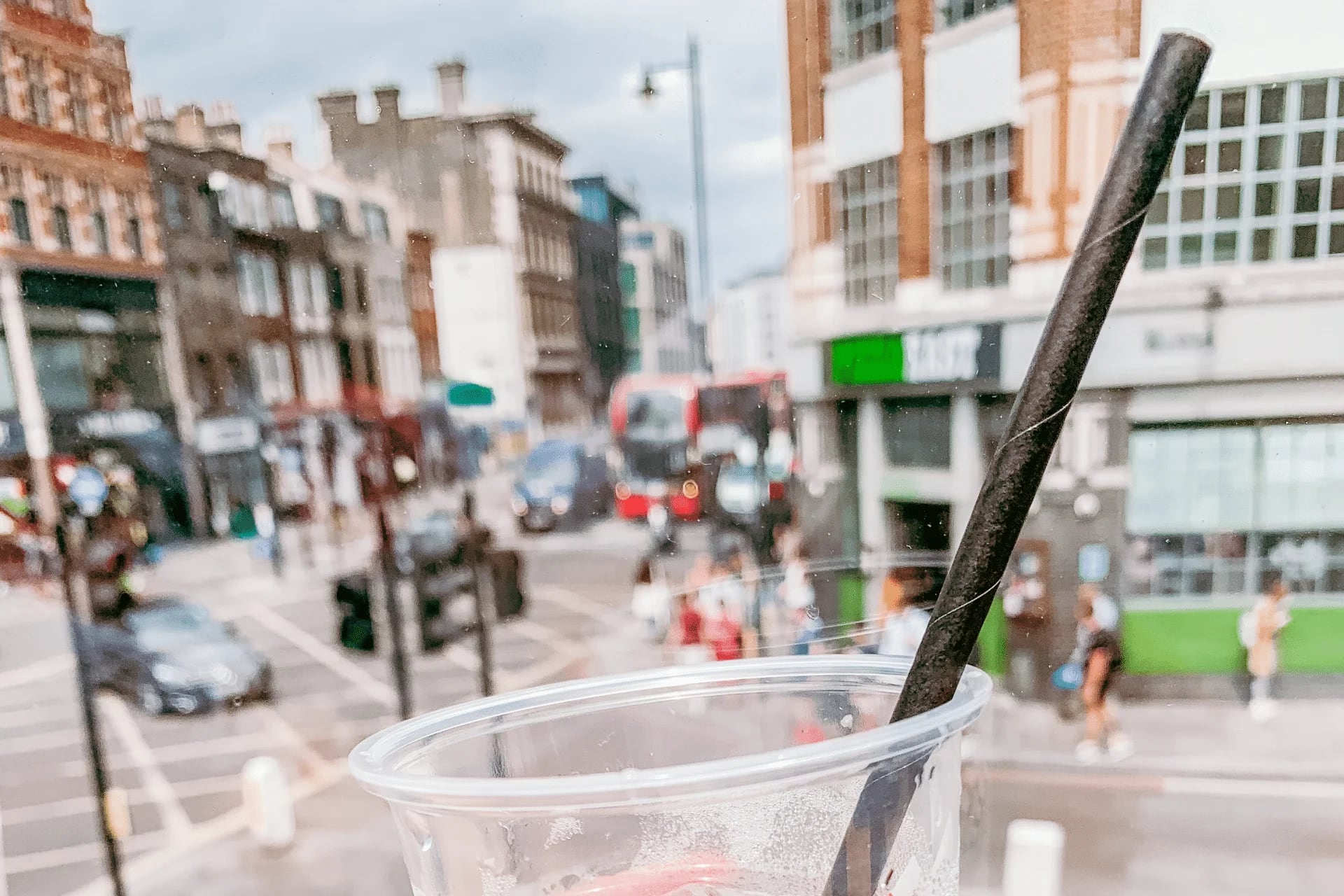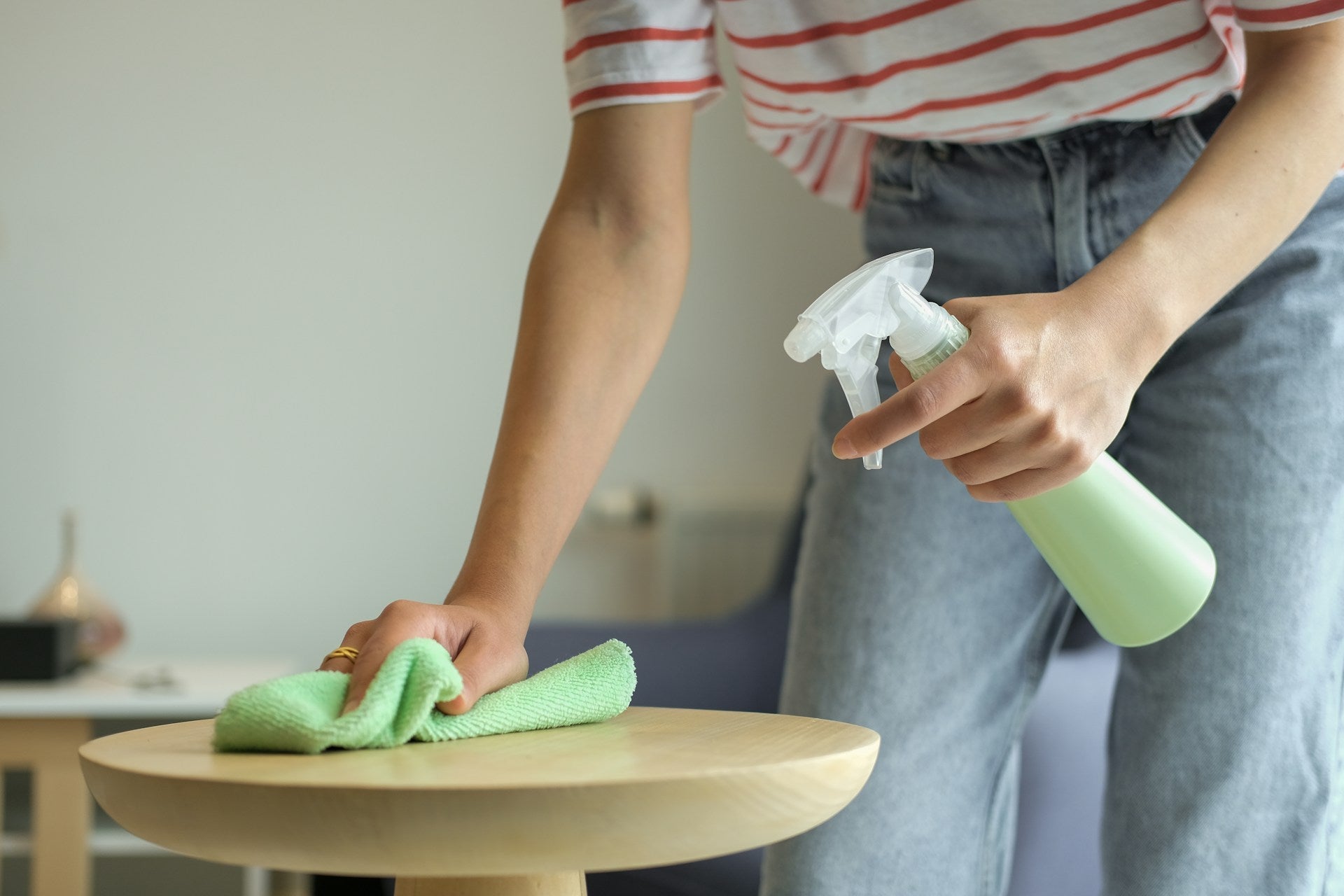For many of us, ditching plastic straws is a small yet important step we can take to reduce our environmental footprint. While this is definitely a worthy initiative, the key lies in choosing the right replacement. Recently, paper and bamboo straws have gained popularity as the go-to green alternatives. But are they really as safe and eco-friendly as they seem?
Our journey starts with a brief introduction to PFAS chemicals. Per- and polyfluoroalkyl substances, or simply PFAS, are synthetic chemicals that have been widely used in numerous consumer products due to their water- and grease-resistant properties. You might be wondering, "What does this have to do with my eco-friendly straw?" Well, get ready for the plot twist: Many paper and bamboo straws actually contain more PFAS chemicals than plastic straws do!
Now, before you start to panic, let's take a deep breath and explore this revelation with a level-headed perspective. We'll investigate the science behind PFAS chemicals and how they impact our health and the environment. We'll also uncover the truth about the presence of these chemicals in paper and bamboo straws and what it means for their eco-friendly reputation.
The goal here is not to scare you into using plastic straws again. Quite the opposite, actually. By the end of this blog, we hope to empower you with the knowledge you need to make informed decisions regarding eco-friendly straw alternatives. Not everything is bad news, as there are still many genuinely sustainable and safe solutions that don't involve harmful chemicals. So join us on this exciting (and maybe slightly mind-boggling) adventure and uncover the best way to sip our way to a greener future.
The Science Behind PFAS Chemicals
To better understand the issue at hand, we need to familiarize ourselves with PFAS chemicals. They are a group of man-made chemicals that have been used since the 1940s in products like food packaging, stain-resistant fabrics, and non-stick cookware. Their unique water- and oil-repellent properties have made them popular in various industries, but unfortunately, these qualities also make them resistant to breaking down in the environment.
The two most well-known PFAS chemicals are PFOA (perfluorooctanoic acid) and PFOS (perfluorooctane sulfonate). Both PFOA and PFOS have been linked to numerous health issues, including developmental problems, liver damage, and immune system disruptions. Due to the risks they pose, PFOA and PFOS have been phased out in the United States, but other PFAS chemicals are still being used, and the potential health effects of these substitute chemicals are not yet fully understood.
PFAS in Paper and Bamboo Straws: What's the Deal?
So, how did these persistent chemicals sneak their way into our eco-friendly straws? For paper straws, PFAS is often used to create a water-resistant barrier that prevents the straw from disintegrating too quickly, an essential quality when you're sipping on your favorite drink. Unfortunately, this means that the PFAS chemicals can end up leaching into your drink as you use the straw, potentially exposing you to harmful substances.
And what about bamboo straws? While these natural, organic alternatives may seem free of PFAS by default, that's not always the case. PFAS chemicals can still make their way into the straw-making process through surface coating treatments designed to maintain the straws' durability and lifespan. That's right, even a biodegradable, reusable bamboo straw might not be as safe as it seems.
Exploring Eco-friendly Straw Alternatives: No PFAS Allowed
Don't worry; there's still hope for all you straw users. Here are some fantastic options for eco-friendly straws that don't involve PFAS chemicals:
Stainless Steel Straws: Not only are these straws PFAS-free, but they are also incredibly durable and reusable. Plus, they make for a sleek and attractive drinking accessory.
Silicone Straws: These BPA-free and PFAS-free straws are soft and flexible, providing the ideal alternative for those who prefer a bendy straw. Silicone straws are also easy to clean and are great for kids and adults alike.
Glass Straws: Made from sturdy, tempered glass, these straws can be used again and again without fear of breaking easily. They're an elegant addition to any drink and can be found in a variety of colors and designs.
Edible Straws: Why not add some fun to your drinks by using edible straws made from ingredients like pasta, agar-agar, or even cookies? These creative solutions are an eco-friendly and tasty option that can provide an interesting twist to your favorite beverages.
How to Choose and Use a PFAS-Free Straw
When it comes to finding a truly eco-friendly and PFAS-free straw, you'll need to do a bit of research. Always look for brands that explicitly state their products are free of PFAS chemicals. Additionally, keep an eye out for certifications from trustworthy organizations that promote transparency in the manufacture and testing of these products.
Once you've found a suitable straw, the battle is only half won. It's important to remember that sustainable living doesn't stop at the purchase alone. Proper care and maintenance of your reusable straw, such as regular cleaning and sanitizing, will help ensure its longevity and prevent any build-up of bacteria or other harmful substances.
An Eco-friendly Straw Future
While the presence of PFAS chemicals in paper and bamboo straws is undoubtedly alarming, there are many truly sustainable and safe alternatives out there that can help us reduce plastic waste and minimize our exposure to these pernicious toxins. By making informed choices, we can enjoy the convenience and novelty of eco-friendly straws without putting our health or the environment at risk.
But the green revolution should not just end in using environmentally friendly straws. As with any commitment to a greener lifestyle, it's essential to stay informed, ask questions, and demand transparency from companies that market eco-friendly products. Switch to Plastno’s eco-friendly trash bags, and make choices that prioritize both our health and the well-being of our planet.






Share:
Composting with Compostable Bags: A Home Composting Guide for Eco-Conscious Consumers
Compostable Bags vs. Biodegradable Bags: What's the Difference?